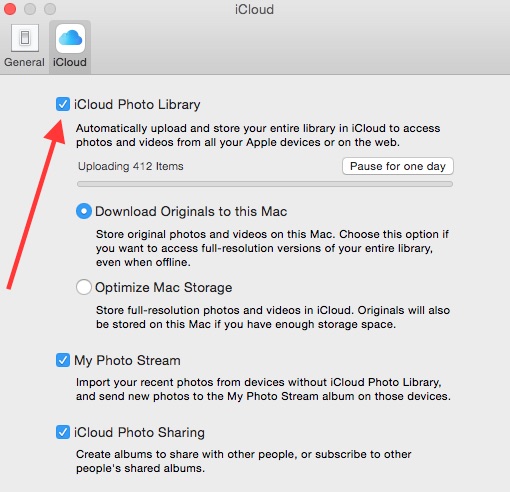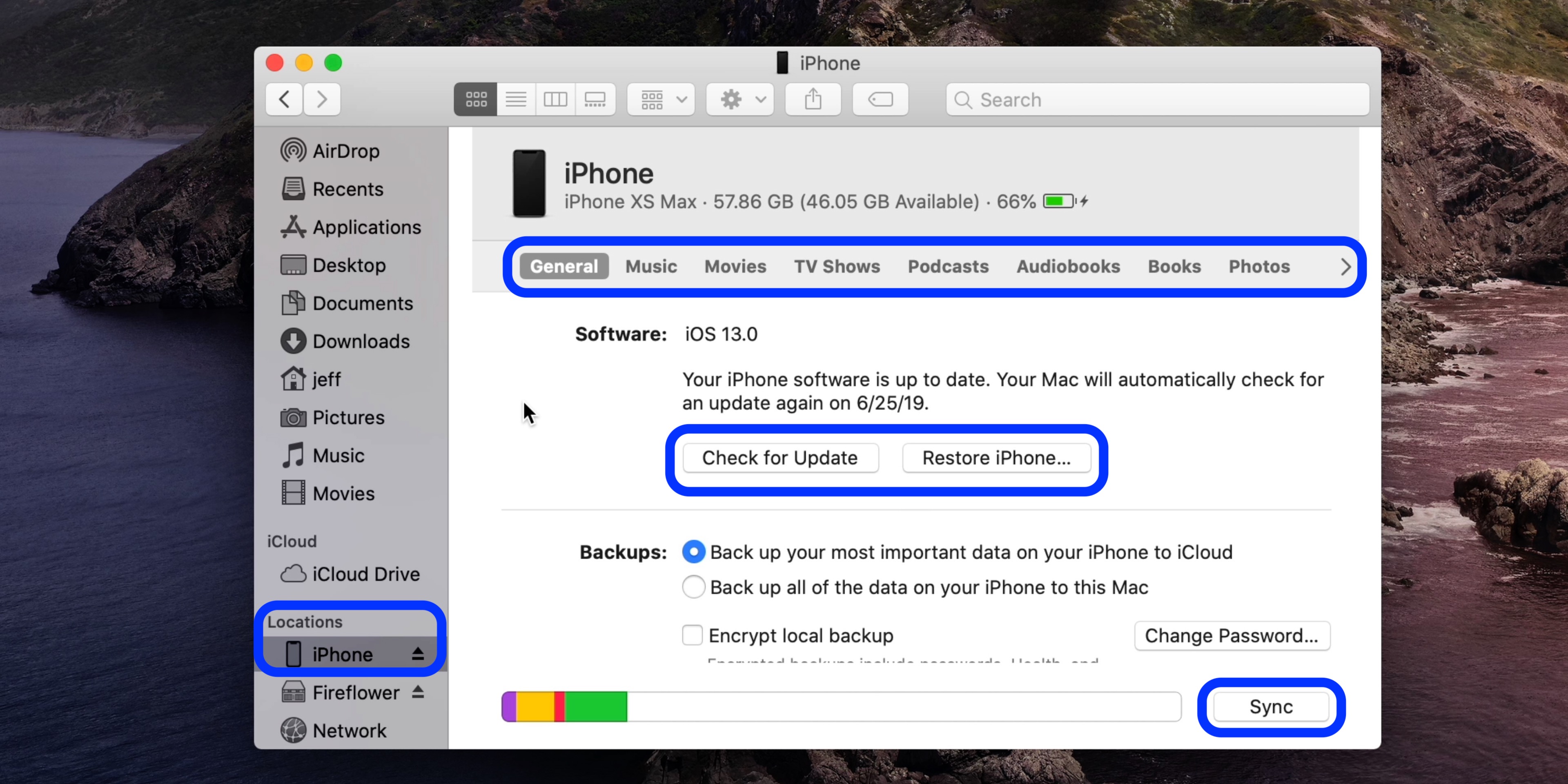- Macbook Pro Photos Download From Icloud Without Upload Windows 10
- Download Photos From Icloud To Mac
- Transfer Photos From Iphone To Macbook Pro
You may want to Download All Photos From iCloud to PC as an additional backup, to clear up storage space in your iCloud Account or for other reasons. You will find below the steps to select and Download All Photos from iCloud to PC.
If you use iCloud Photos, photos and videos that are outside the Photos library aren’t stored in iCloud and won’t be accessible to any other Mac or device that uses iCloud Photos. If you disconnect the device where the files are located, or move or rename the files in the Finder, Photos won’t be able to locate them. Make sure that your Mac is still uploading photos. Open the photos app and then go to the word Photos (next to File and Edit in the status bar) and then click on preferences. Then go over to the iCloud tab and you'll probably see that photos are uploading but the blue bar isnt moving or present. Click on the pause iCloud Photo Library button.
Download ALL Photos From iCloud to PC
As you must have noticed, there is no ‘Download All’ or ‘Select All’ button on iCloud. Also, you won’t be able to use your mouse to select Multiple or All Photos on iCloud.
Macbook Pro Photos Download From Icloud Without Upload Windows 10
- Sign in to iCloud to access your photos, videos, documents, notes, contacts, and more. Use your Apple ID or create a new account to start using Apple services.
- How to Download Photos from iCloud to Mac or PC First, follow the steps above (How to Access iCloud Photos) to access your iCloud Photo Library. Select the photo you want to download by clicking on it. Select additional photos by holding the Shift key while clicking on the photos you want to download.
- Tip 2: Transfer photos from iPhone to Mac without iCloud using AirDrop. In addition to using iCloud, another way to transfer photos from iPhone to Mac wirelessly is using AirDrop, the built-in function on Mac and iOS devices that helps to share files between two AirDrop supported devices.
This can be a problem, if there are thousands of Photos in your iCloud Account and you want to download them all to your Windows computer.
Luckily, there is a keyboard shortcut to select All iCloud Photos and you will find below 2 different methods to Download All Photos from iCloud to your Windows computer.
1. Download All Photos From iCloud to PC Using Keyboard Shortcut

If the number of Photos that you want to download from iCloud to PC is less than 1,000, you can follow this method to select and download up to 999 photos from iCloud to PC.
If you are trying to download over 1,000 photos, you can move to the next method as provided below in this guide.
1. Go to icloud.com on your Windows Computer.

2. Login to your iCloud Account by entering your Apple ID and Password.
3. Once you are signed-in, click on the Photos icon.
4. In iCloud Photos, make sure you are on Photos Tab and click on the First Photo.
5. Press and hold Shift + Ctrl + Alt Keys and press the Down Arrow Key to select All iCloud Photos.
Note: You can also scroll down to the bottom of the page and click on the Last Photo.
6. Once All Photos are selected, click on the Download icon to begin the process of downloading all iCloud Photos to your computer.
Unless you have changed the default settings, all iCloud Photos will be downloaded to ‘Downloads’ Folder on your computer.
2. Download All Photos From iCloud to PC Using iCloud For Windows
The only way to download more than 1,000 Photos at once from iCloud to PC is to download and install ‘iCloud For Windows’ program on your computer.
1. Download iCloud For Windows application on your Computer.

2. Once the download is complete, click on the downloaded iCloud Setup file and follow the onscreen instructions to Install iCloud For Windows on your computer.
3. When prompted, Sign-in to your iCloud Account by entering your Apple ID and Password.
4. On the next screen, select Photos option by clicking in the little box next to Photos.
On the pop-up, select iCloud Photo Library option and click on Done.
Note: You can change iCloud download location by clicking on Change.
5. Click on Apply to begin the process of Syncing all iCloud Photos to the Downloads Folder on your computer.
6. Once all iCloud Photos are downloaded, open the File Explorer on your computer.
7. In the File Explorer window, click on iCloud Photos tab in the left-pane. In the right-pane, click on the Downloads Icon.
Download Photos From Icloud To Mac
8. On the next screen, click on the Downloads Folder to see all your iCloud Photos arranged in different sub-folders.
To make a Backup, you can copy the entire Downloads Folder to Desktop, USB drive or any other location on your computer.
Add iCloud to Windows Start Menu or Task Bar
In order to make it easy for you to open iCloud, you can Add iCloud icon to the Taskbar by clicking on the Start button > right-click on iCloud > More > Pin to Taskbar.
Transfer Photos From Iphone To Macbook Pro
Important: If you are planning to disable iCloud Photos, make sure that you copy all the Photos from Downloads to another Folder.
There is no option to select All Photos on iCloud, which makes it difficult to select All Photos at once in iCloud. However, it is possible to download All Photos from iCloud to Mac using two different methods as provided below.
Download ALL Photos from iCloud to PC
While iCloud Photos is considered to be a safe and secure place to store your memories, it is a good idea to download All your Photos from iCloud to Mac as a precautionary measure.
Just like having an insurance policy, an additional backup of all your Photos on Mac will provide you with peace of mind that you do have a backup, in case something happens to your iCloud Account.
Another common reason for downloading photos from iCloud is to Free Up iCloud Storage Space by deleting iCloud Photos after downloading them to Mac.
So, let us go ahead and take a look at the steps to select All Photos on iCloud and download them to your computer.
1. Download All Photos from iCloud to Mac Using Safari
If you want to download Photos directly from icloud.com, you can follow the steps below to download All Photos from iCloud to Mac.
1. Open the Safari browser on your Mac and go to icloud.com
2. Sign-in to your iCloud Account by entering your Apple ID and Password.
3. After you are signed-in to iCloud, click on the Photos Icon.
4. In iCloud Photos, click on the Photos Tab and press Command+A to select all Photos on iCloud.
Note: If Command+A is not working, make sure iCloud Photos is enabled on your iPhone.

5. After selecting All Photos, click on the Download icon (See image in step 4 above) to start the process of downloading All the selected Photos to your Mac.
Note: At the time of writing, iCloud download limit stands at 1,000 Photos. This means that you can only download up to 999 photos at a time from iCloud to Mac.
If you have more than 1,000 photos to download, try to select and download 500 Photos at a time.
To select 500 Photos, click on the First Photo > Scroll down 50 rows > Hold down the Shift key on the keyboard of your Mac and click on the Last Photo in 50th row.
2. Download All Photos from iCloud to Mac Using Photos App
The easiest way to select and download Photos from iCloud to Mac is by using the Photos App on Mac. Also, this method has no limit on the number of Photos being downloaded.
1. Open the Photos App on your Mac and wait for All Photos to Load.
2. Once All the Photos are loaded, switch to ‘All Photos’ view by clicking on the All Photos tab.
3. Next, press Command+A Keys on the keyboard of your Mac to select all the Photos on iCloud.
4. After selecting All Photos, simply drag the highlighted Photos to Desktop or a Folder on your Mac
The time to Download Photos from iCloud to Mac will depend on the number of Photos in your iCloud Account and the speed of your internet connection.